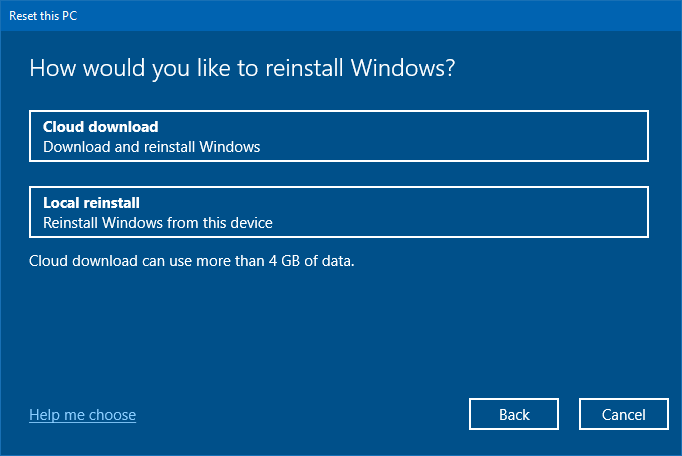
/how-to-clean-install-windows-7-2624917-cbc002a925184b3c9836af35984a4782.png)
This option is built into the Reset This PC feature on Windows 10 and Windows 11, although it isn’t enabled by default. If you want to wipe your entire Windows operating system drive, there’s an easy way to do it. Wait for it to finish-depending on the speed of your drive and the amount of free space to be overwritten, it may take some time. The command will show its progress at the command line. (If you’re not sure what to choose, just leave the options here on their default settings.) You can change any other formatting options you like here just ensure “Quick Format” isn’t checked.
#How to wipe a laptop clean and download windows full
According to Microsoft’s documentation, ever since Windows Vista, Windows always writes zeros to the whole disk when performing a full format. This will ensure Windows 10 or Windows 11 performs a full format instead. Uncheck “Quick Format” under Format Options. To get started, open File Explorer and locate the drive you want to wipe. This method is ideal for internal drives that don’t have your operating system installed, USB flash drives, other external storage devices, and any entire partitions you want to erase. Also, you can’t perform a full format of your Windows system drive while you’re running Windows from it.

Before you do this, bear in mind that this will completely erase all files on the drive. To write zeros over the contents of any drive, all you have to do is perform a full format of the drive. Assuming an attacker can’t get your encryption key, they wouldn’t be able to recover deleted files from a drive-they wouldn’t even be able to access files that aren’t yet deleted. By the way, if a drive is encrypted, this provides a lot of additional protection.


 0 kommentar(er)
0 kommentar(er)
